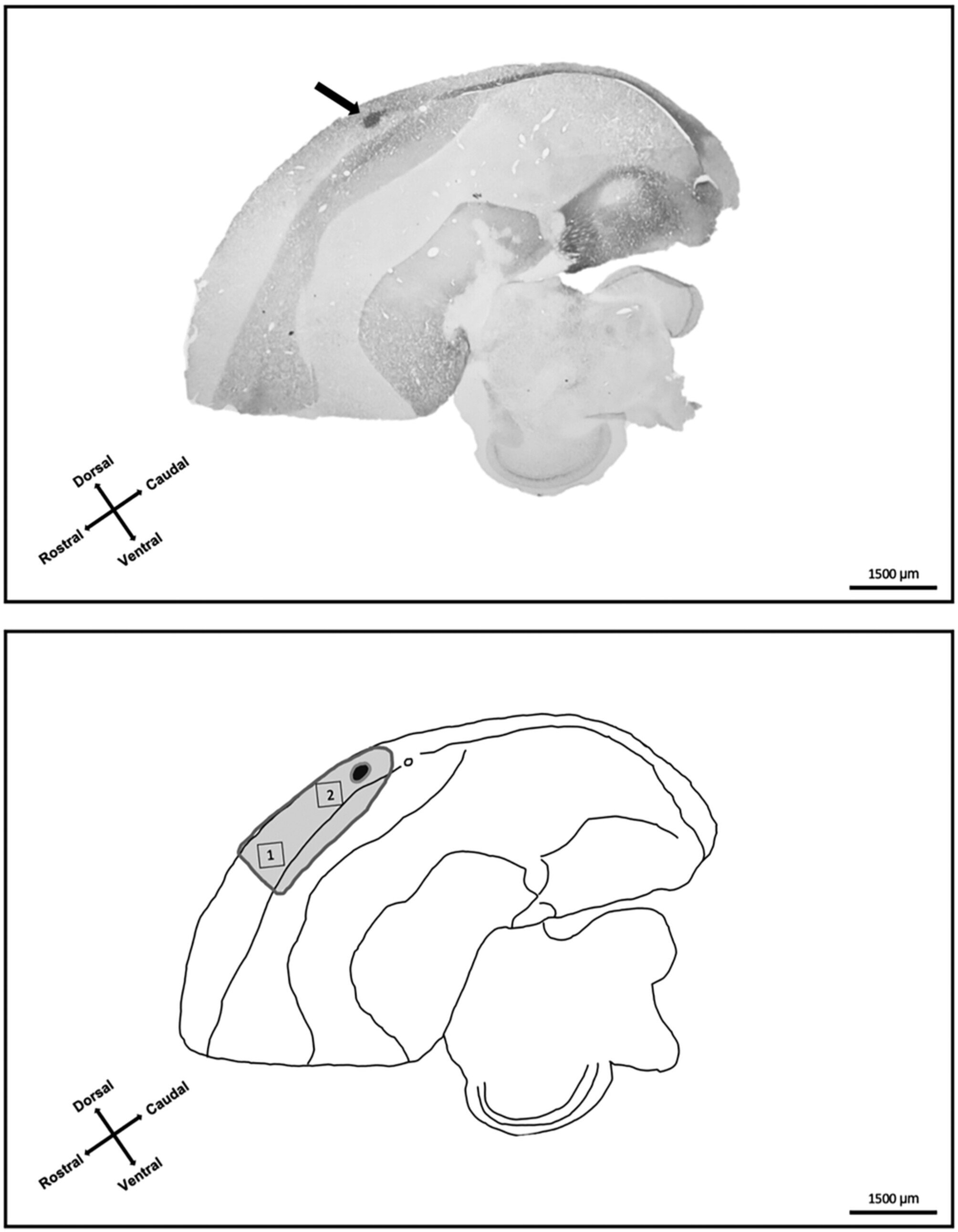Earth’s magnetic field, which is generated by the flow of molten iron in the planet’s inner core, extends out into space and protects us from cosmic radiation emitted by the sun. It is also used by animals such as salmon, sea turtles, and migratory birds for navigation.
But how and why do migratory birds use it? A new study from researchers at Western’s Advanced Facility for Avian Research (AFAR), which is home to the world’s first hypobaric climatic wind tunnel for bird flight, explores a brain region called cluster N that migratory birds use to perceive Earth’s magnetic field. The team has discovered that the region is activated very flexibly, meaning these birds have the ability to process or ignore geomagnetic information, just as you may attend to music when you are interested or tune it out when you are not.
The findings were published in the European Journal of Neuroscience.
The research team, led by psychology Ph.D. candidate Madeleine Brodbeck and AFAR co-director Scott MacDougall-Shackleton, specifically studied white-throated sparrows and found that they were able to activate cluster N at night when they were motivated to migrate (to avoid prey and fly during cooler periods) and make it go dormant when they were resting at a stopover site. This is the first demonstration of this brain region functioning in a North American bird species, as all prior research in this area was completed in Europe.
2023-05-25 15:33:20
Original from phys.org
